Introduction: The Silent Revolution of Tablets
Technology often changes quietly, without the fanfare we expect. Tablets are the perfect example—devices that slipped into our lives, not with a bang, but with a calm whisper that grew louder over time. What once felt like oversized phones are now indispensable companions, capable of replacing notebooks, sketchpads, books, or even laptops depending on the moment. The revolution they bring isn’t about raw speed or storage; it’s about freedom.
The tablet galaxy represents something larger than a single brand or product line. It’s a universe of possibilities where design, performance, and creativity merge into one portable format. Imagine students who no longer need to carry a heavy stack of textbooks, artists sketching anywhere inspiration strikes, or professionals delivering presentations from a device that fits into a slim sleeve. These aren’t abstract scenarios—they’re everyday realities for millions of people.
This silent revolution is emotional because it reshapes not only how we use technology but also how we live with it. Tablets aren’t machines we operate; they’re companions that adapt to our rhythms, giving us time, efficiency, and expression. And as the ecosystem grows, the galaxy only becomes richer, deeper, and more personal.
Exploring the Tablet Galaxy
Step into the digital marketplace, and the tablet galaxy feels almost endless. Apple’s iPad series dominates headlines, Samsung’s Galaxy Tab lineup brings versatility, Microsoft’s Surface devices blur the laptop-tablet divide, and budget Android tablets give access to millions more. Each has a different identity, and each caters to a specific need, making the variety less about confusion and more about choice.
For students, the tablet is a digital notebook that keeps notes searchable and lessons interactive. For artists, it becomes a sketchpad that responds with precision to every stroke of a stylus. Professionals view tablets as portable productivity hubs, perfect for presentations, emails, or even video editing. Gamers chase refresh rates, vibrant displays, and powerful processors that can handle intense graphics. Every corner of the tablet galaxy seems designed for someone specific, proving how deeply these devices have embedded themselves into our routines.
The value lies in flexibility. You don’t have to use a tablet in one “correct” way—it molds itself to your needs. That adaptability is what makes this galaxy feel alive. It’s not just hardware; it’s a constellation of tools designed to reflect human diversity.
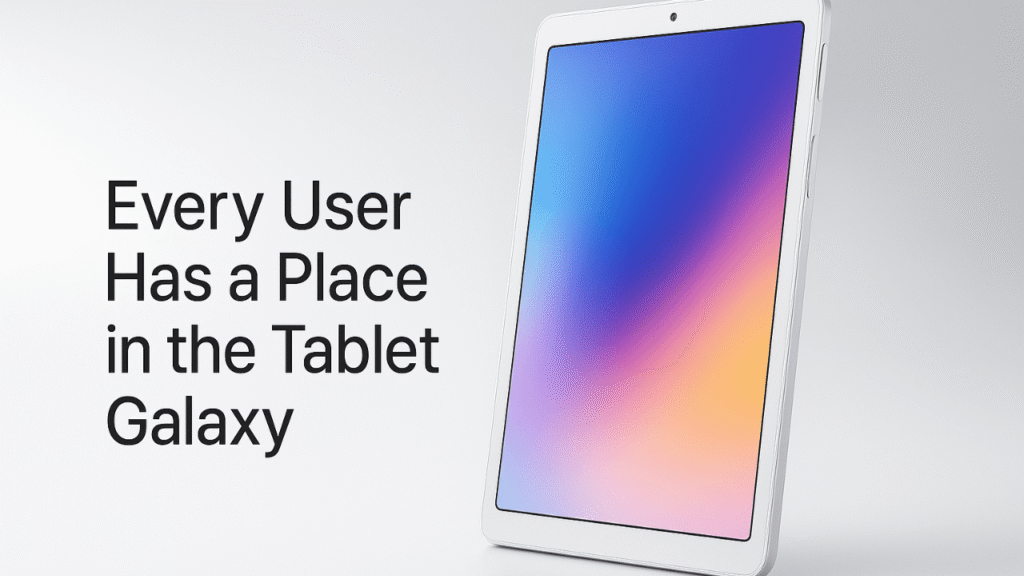
Design That Speaks Without Words
The moment you pick up a tablet, design takes center stage. You don’t notice the processor first—you notice how thin it feels, how light it rests in your hands, and how natural the screen looks under your gaze. Within the tablet galaxy, design isn’t decoration—it’s the invisible force that shapes every experience. A millimeter too thick, and portability suffers. Bezels are too wide, and immersion is lost. Every detail matters.
A beautifully designed tablet inspires trust and creativity. Writers want to type on screens that feel comfortable for hours. Artists want styluses that glide like pencils on paper. Professionals want sleek, minimal bodies that feel at home in the boardroom. That balance between form and function is what sets apart devices that people love from devices they simply use.
In the tablet galaxy, design goes beyond materials and colors—it becomes an extension of how humans interact with ideas. A lightweight frame encourages mobility, while a larger screen sparks imagination. Portability isn’t only about fitting into a bag; it’s about blending into your lifestyle so seamlessly that you forget where the machine ends and where your creativity begins.
Beyond Entertainment: Power & Possibility
At first glance, most people see tablets as consumption devices: streaming movies, browsing feeds, or reading digital books. But the deeper reality of the tablet galaxy is how these devices unlock creativity and productivity in unexpected ways. A filmmaker can edit a video mid-flight, a teacher can deliver interactive lessons from home, and a designer can sketch concepts directly onto the screen instead of on a piece of paper. The boundaries of what a tablet can do are constantly being pushed.
One of the most compelling examples is education. Tablets have transformed classrooms, enabling students to engage with dynamic textbooks, immersive AR apps, and real-time collaboration tools. In the workplace, they’ve become tools for presentations, remote collaboration, and even coding on the go. For creators, they are portable studios—powerful enough to mix music, edit photos, and produce animations.
What makes this evolution so powerful is the blend of accessibility and portability. The tablet galaxy thrives not because it replaces laptops or phones, but because it fills the space between them—turning idle moments into opportunities for productivity and creativity.
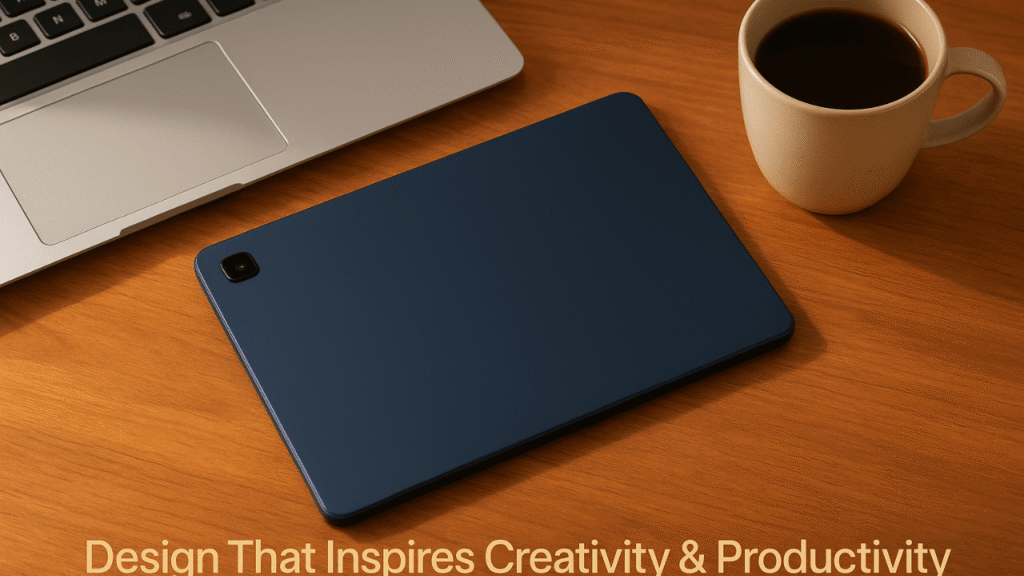
Tablet Galaxy Comparison: Choosing the Right Device
Navigating the tablet galaxy can feel overwhelming without context. Apple’s iPad Pro remains the gold standard for creatives, offering unmatched performance, intuitive apps, and seamless ecosystem integration. Samsung’s Galaxy Tab series stands out with vibrant AMOLED displays and S Pen precision, appealing to digital artists and note-takers. Microsoft’s Surface devices blur categories, offering full Windows experiences in tablet form for professionals who demand laptop-level software. On the other hand, budget-friendly Android tablets democratize access, offering essential features at a fraction of the cost.
Performance varies significantly between these options. Apple leads in software optimization, Samsung excels in display technology, and Microsoft offers unmatched productivity for those tied to Windows. Pricing plays a key role too—premium models rival high-end laptops, while budget devices aim to deliver value for casual users.
The choice isn’t just about specs or price tags. It’s about rhythm: how you live, how you work, and how you create. That’s the real compass for choosing your place in the tablet galaxy.
Pros and Cons of Living in the Tablet Galaxy
The attraction of the tablet galaxy is undeniable. Portability means working from a café, sketching during a commute, or watching a film on a plane without compromise. Versatility is another strength—a single device can act as a sketchbook, a notepad, a console, or a portable TV. Long battery life keeps you untethered for hours, while intuitive touch controls bring immediacy that laptops can’t replicate.
But every strength has its shadows. Tablets still face limitations with professional-grade software, especially in industries that rely on advanced desktop applications. Multitasking, though improving, can sometimes feel less fluid than on laptops. Pricing creates another barrier—premium tablets cost nearly as much as laptops, raising questions of value. And though battery life is long, long-term sustainability often depends on brand software updates, which can shorten a device’s useful lifespan.
Living in the tablet galaxy means embracing the duality: tablets are extraordinary companions but imperfect replacements. Understanding this balance is key to making the right decision.
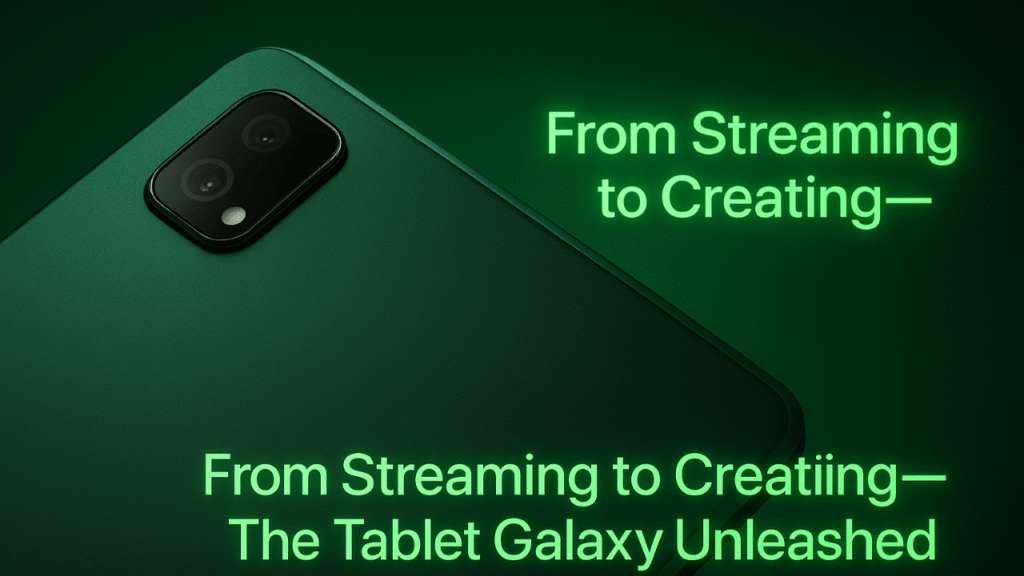
The Future of the Tablet Galaxy
Tomorrow’s tablet galaxy is already taking shape. Artificial intelligence is becoming embedded in everyday functions, from auto-generating notes to predicting workflows. Real-time translation could make tablets essential travel companions, while AI-driven creative tools might enable anyone to produce professional-level content with a tap.
Another frontier is immersive technology. With augmented reality, tablets could transform into windows overlaying digital information on the physical world—blueprints on construction sites, medical data in hospitals, or interactive museums for students. Hardware improvements will push these devices closer to laptops in power, while software ecosystems will expand to blur lines even further.
The future doesn’t necessarily mean replacing laptops or phones. Instead, it suggests reinvention. Tablets could evolve into hybrid devices that adapt dynamically to user needs, becoming as essential to modern life as watches or headphones. The tablet galaxy is not finished—it’s expanding.
FAQ: Common Questions About Tablets
Are tablets worth it in 2025?
Yes. With advanced processors, stylus precision, and lightweight designs, tablets remain highly relevant. They deliver excellent value for students, professionals, and creatives who prioritize mobility without sacrificing performance.
Can a tablet replace my laptop?
For everyday users—yes. Writing, browsing, video conferencing, and light editing are seamless. But power users running heavy software still need laptops. The tablet galaxy closes the gap but hasn’t erased it completely.
Which tablet is best for students or professionals?
Students benefit from affordable Androids or iPads with note-taking features, while professionals often lean toward iPad Pro or Microsoft Surface devices for advanced workflows and performance.
Do tablets last as long as laptops or phones?
Premium tablets last four to six years with proper care. Longevity depends on software support, storage, and how intensively the device is used. Compared to phones, tablets often outlast them due to slower hardware obsolescence.
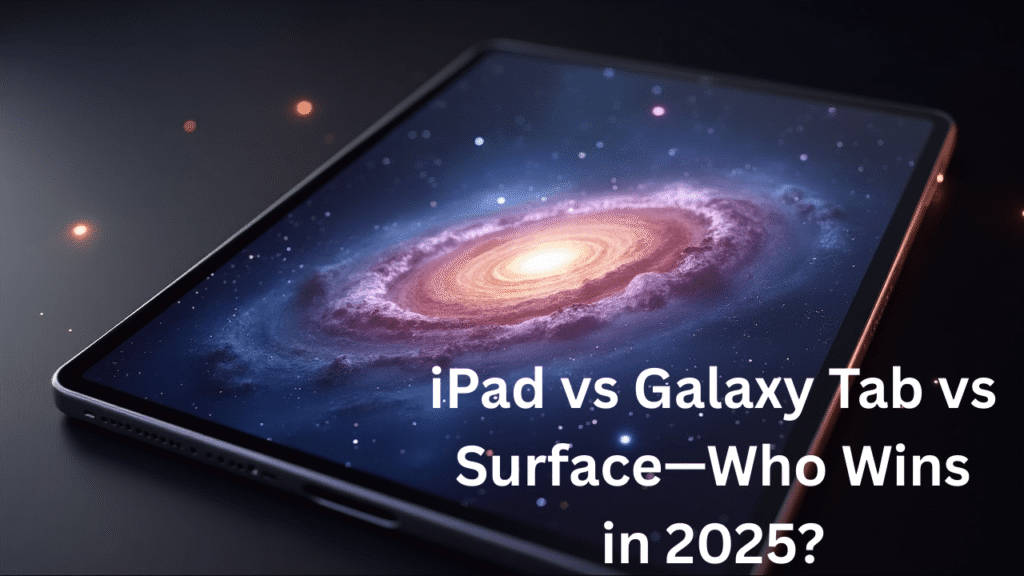
Conclusion: Finding Your Place in the Galaxy
Choosing a device in the tablet galaxy isn’t about chasing the most powerful specs—it’s about alignment with your lifestyle. A slim, budget-friendly tablet might be perfect for reading and note-taking, while a premium powerhouse could be the backbone of your creative studio. Tablets aren’t mere gadgets anymore—they’re mirrors reflecting how we think, learn, and dream.
Your place in this galaxy depends on clarity: what do you want your tablet to amplify in your life? Productivity? Creativity? Entertainment? Once you know that, the right device feels less like a purchase and more like a partner in your daily rhythm. The galaxy is vast, but the journey is deeply personal.

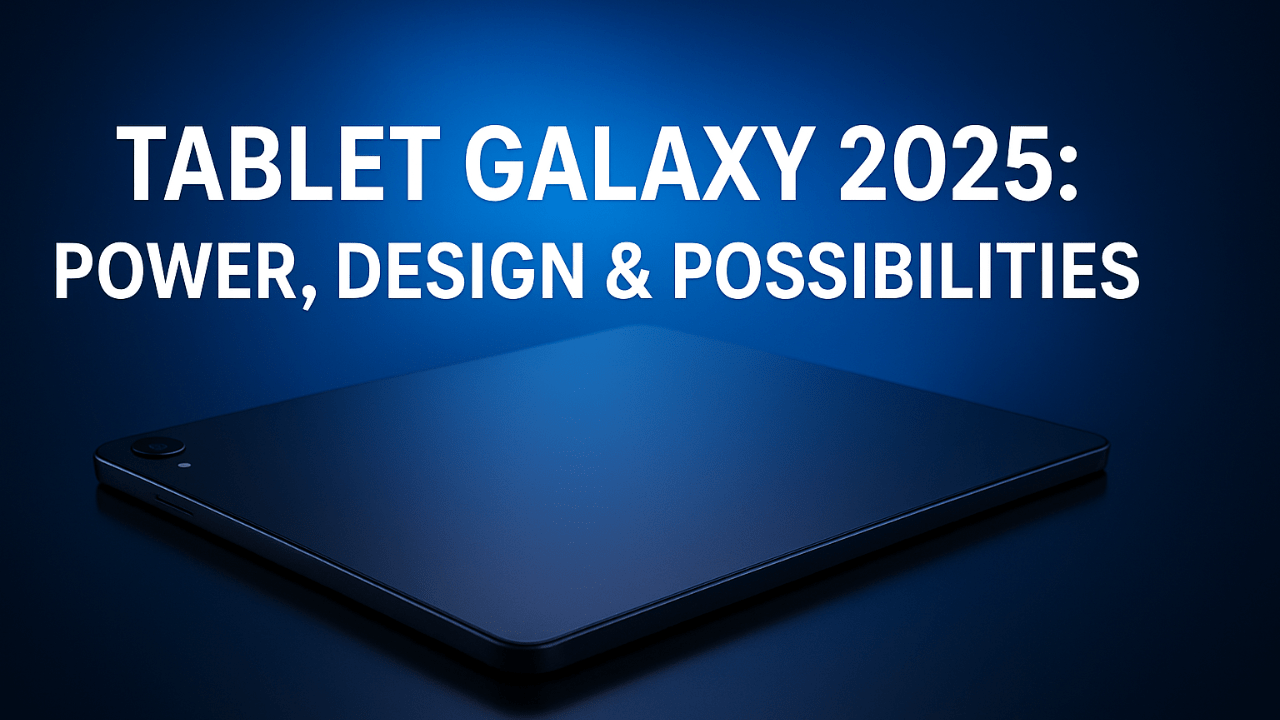
4 thoughts on “Tablet Galaxy—A Journey Beyond Screens”